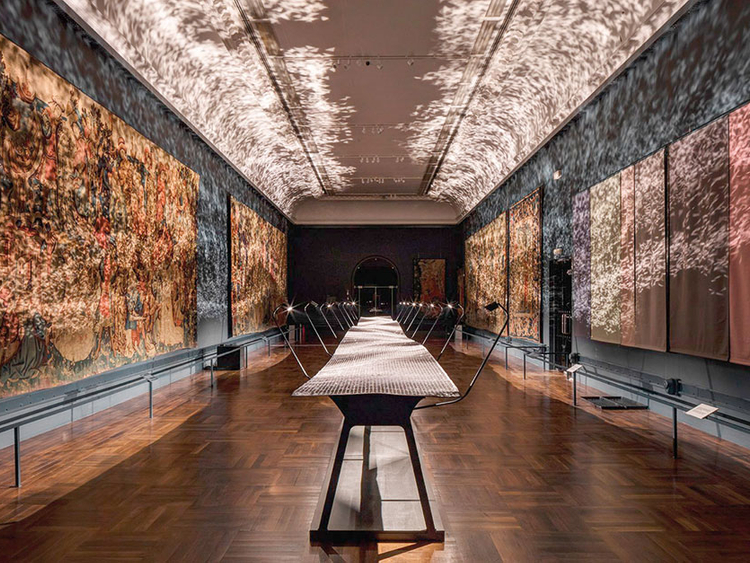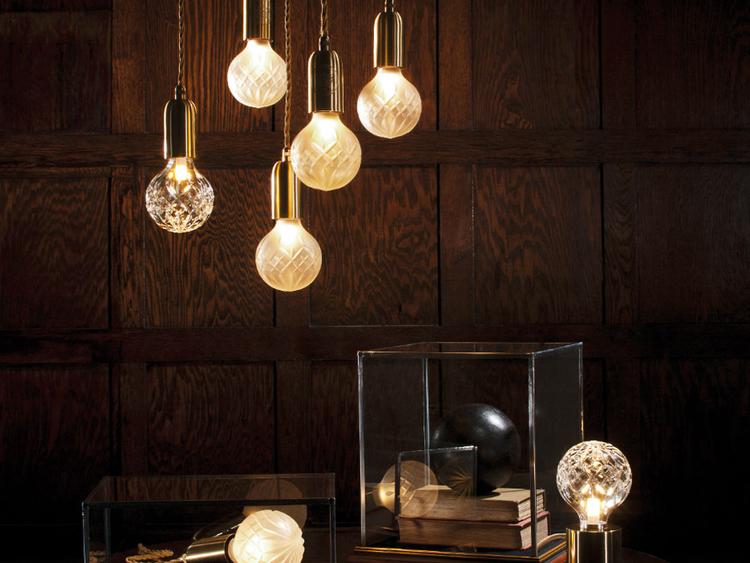This week, The Queen of England sat front row at Richard Quinn’s presentation, her first London Fashion Week outing at 91. Her appearance, in support of the inaugural Queen Elizabeth II award for British design laid focus on the British creative industries, their reputation for innovation and craftsmanship.
In fashion, and design, British designers have led the way in marrying cultural interpretations with global relevance and technological advances, while remaining typically British. The Middle East’s creative economy is one of the fastest growing. As the region comes out of the shadows of ‘imported design’, in order to register sustained growth and global interest, the new Middle Eastern design code has to be one that embraces the highest international standards of invention and is yet rooted in our tradition. At this juncture, to understand how one can parlay heritage and innovation, it is important that we look outside, to study how it has been done in other creative ecosystems.
From reinterpreting traditional techniques and seeking new inspiration, to creating culturally resonant works, here are three top British designers who have perfected the balancing act.
LEE BROOM
He is the renaissance man of British design. Broom set up his studio in 2007 and is known for his contemporary designs that re-visit classical British making. One of his career defining pieces, the Crystal Bulb is now part of design legends, not only for how it catapulted a designer into the A-league but also how it signalled a new age of British design.
Broom sought inspiration from the delicate craftsmanship of crystal cutting, transforming the everyday light bulb into a beautiful ornamental light fitting. Each lead Crystal Bulb is handcrafted using traditional techniques and hand cut with a classic crystal pattern inspired by those found on traditional British glasses and decanters.
Since then, Broom has explored British crafts heritage extensively — classical metal work, tapestries and wood crafts in a manner that upholds the Brit DNA while speaking to a global audience. Last year, he collaborated with Wedgwood, the British heritage label dedicated to luxury porcelain since 1759. Researching through their archives, Broom’s collection married the brand’s most beloved iconography with a modern silhouette and on-trend colours, bringing new audience into the fold.
BENJAMIN HUBERT
Known for his ‘human-centric’ design, the founder of the design agency Layer who has partnered with brands like Nike, Samsung, Braun, BMW and OralB, amongst others, is known for applying pioneering technology to alleviate the human experience.
In 2016, he brought the V&A treasures to life with an undulating foil installation, which cast a play of light on the medieval tapestries’ archive. Last year, he explored 3D-printing to create an adaptive wheelchair and reduced industrial waste with the design of a new chair collection. With an eye on history, and by investing in cutting-edge technology, Hubert consistently disrupts the status quo, much to our benefit.
BETHAN GRAY
An award winning Welsh designer, Gray’s family hails from an ancient Rajasthani clan that over centuries migrated across Arabia and Persia before settling in the Celtic heartland of Wales. As a result, her signature reveals influences and inspirations, which draw on craft traditions of both East and West.
Featuring tactile textures, and luxurious materials such as semi-precious stones, marble, wood, and hand-tooled leather, her works combine cutting edge design technology with a deep knowledge of the values of traditional craftsmanship across cultures. Last year, Gray presented a collaboration with Mohammad Reza Shamsian, a highly sought after, masterful Iranian artist.
Inspired by Omani architecture and Arabic maritime legacy, the Shamsian collection translates ancient, traditional crafts such as brass overlay, paua shell inlay and wood staining. Her background lends Gray an exquisite appreciation of the materials that she works with and a fine attention to detail as evidenced in the herringbone marble table for Lapicida.










